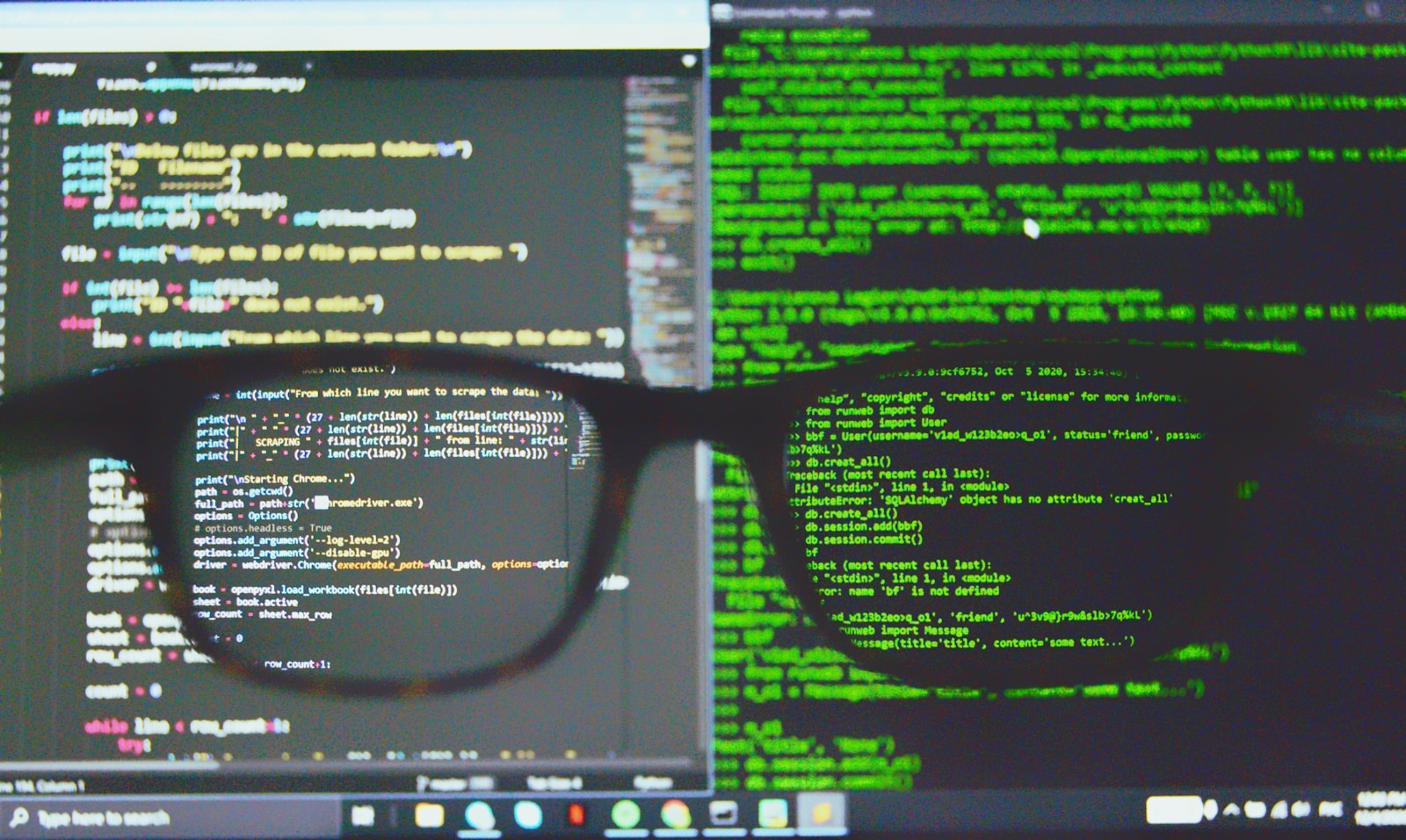Most Popular Linux Distros Right Now
Ubuntu – The Gateway Distro
Ubuntu isn’t just a Linux distro; it’s the first name many associate with Linux on the desktop. First released in 2004, Ubuntu focused on simplicity and user-friendliness, which set it apart from its more daunting predecessors. Today, it’s not just a desktop OS. Thanks to Canonical’s relentless push, it’s a mainstay in cloud computing and an integral part of server ecosystems.
What makes Ubuntu so popular? Regular updates, extensive hardware compatibility, and its massive community of contributors ensure it remains a favorite for both beginners and seasoned Linux users. Couple this with its use of the modern GNOME desktop environment, and you’ve got a slick, polished user experience.
Why People Choose Ubuntu
- Ease of installation and use
- Large library of software packages
- A stable LTS (Long-Term Support) track for production environments
Arch Linux – Choice and Control
If Ubuntu excels in accessibility, Arch Linux takes the opposite path–but for a very good reason. Arch users are drawn by its minimalist philosophy that allows them to build their systems exactly how they want. It’s not about holding users’ hands but giving them ultimate control over their operating system.
Arch is also known for its rolling release model, ensuring you always have the bleeding-edge versions of software and the Linux kernel itself. The trade-off, of course, is that learning Arch can be challenging for beginners. However, for those who want to learn the ins and outs of Linux, it’s an unforgettable experience.
Why People Choose Arch Linux
- Customizability at every level
- Access to the Arch User Repository (AUR) for an expansive selection of software
- A “learn by doing” approach to Linux
Linux Mint – The Polished Alternative
Linux Mint, originally based on Ubuntu, has carved out its territory as a distro that “just works.” It’s designed for users transitioning from Windows, featuring a desktop environment (Cinnamon) that feels comfortably familiar. What makes Mint tick is its focus on stability and ease of use without excessive bells and whistles.
The distro includes a lot of pre-installed software, codecs, and drivers, making it a convenient, out-of-the-box solution for those who don’t want to tinker too much. It has become the go-to distro for casual users and non-technical folks who want to explore Linux.
Why People Choose Linux Mint
- Beginner-friendly interface
- Minimal setup required
- Built on the reliability of Ubuntu
Fedora – Innovation and Cutting-Edge Features
Fedora isn’t just a Linux distro; it’s a testing ground for the future of Linux. Sponsored by Red Hat, Fedora is often seen as the bridge between the open-source community and enterprise users. It’s known for shipping bleeding-edge technologies, often before they reach other major distributions.
Whether it’s new software versions, system configurations, or the latest desktop environments, Fedora has become synonymous with innovation. Aimed at developers and technical users, it offers a rock-solid foundation without compromising on the experimental side of things.
Why People Choose Fedora
- Leading-edge software releases
- A strong connection to enterprise-grade Red Hat technologies
- Focus on security and stability
Pop!_OS – The Developer’s Favorite
Pop!_OS, developed by System76, is a relatively newer player in the Linux space, but it has quickly amassed a strong following within the developer community. Built on Ubuntu, it comes with a beautiful customized GNOME desktop environment and additional tweaks that make it ideal for productivity and workflow efficiency.
With out-of-the-box support for high-DPI displays, window tiling, and hardware acceleration, it’s particularly great for users running modern laptops or workstations. System76’s focus on making Linux attractive to creative professionals and coders sets Pop!_OS apart from the pack.
Why People Choose Pop!_OS
- Tiling window manager built-in
- Strong focus on productivity
- Optimized for System76 hardware but works well across devices
Debian – The Foundation of Many
Debian is not just a Linux distro; it’s a cornerstone of the Linux community. Many other popular distros, including Ubuntu and Linux Mint, trace their lineage back to Debian. Known for its stability and commitment to pure free software principles, Debian is often favored for critical, long-term server deployments.
Its vast repository of packages ensures that Debian remains versatile–while some users might find the release cycle a bit conservative, others see this as a feature rather than a drawback.
Why People Choose Debian
- High stability and reliability
- Massive repository of software
- The backbone of many other distributions
“`
